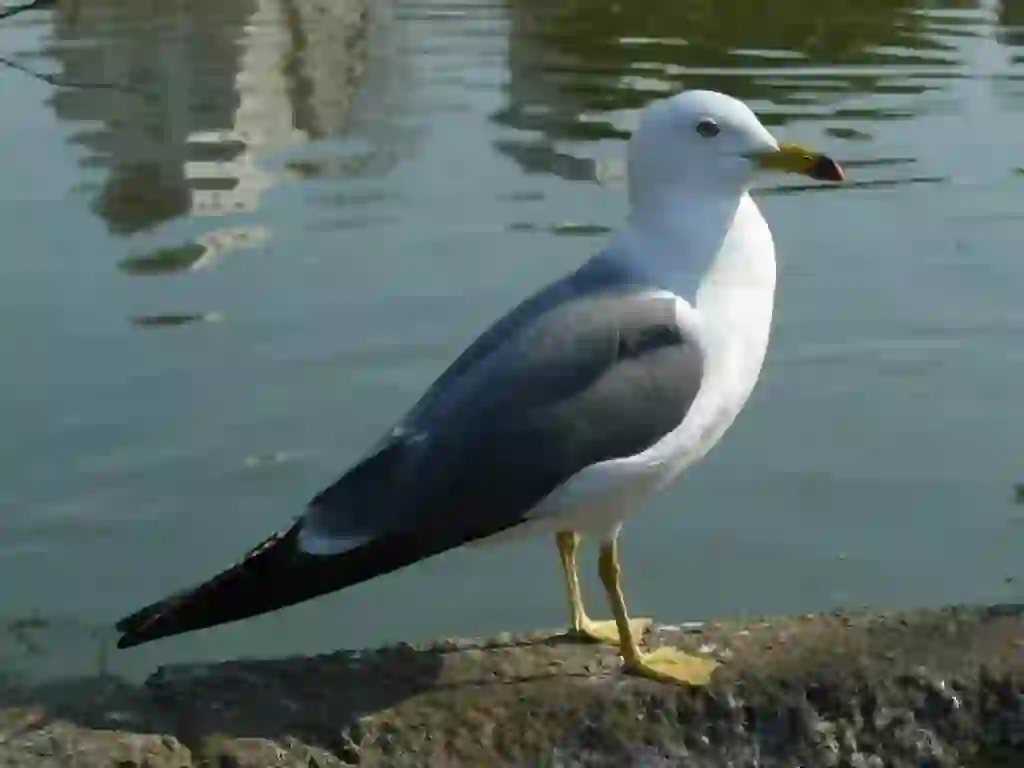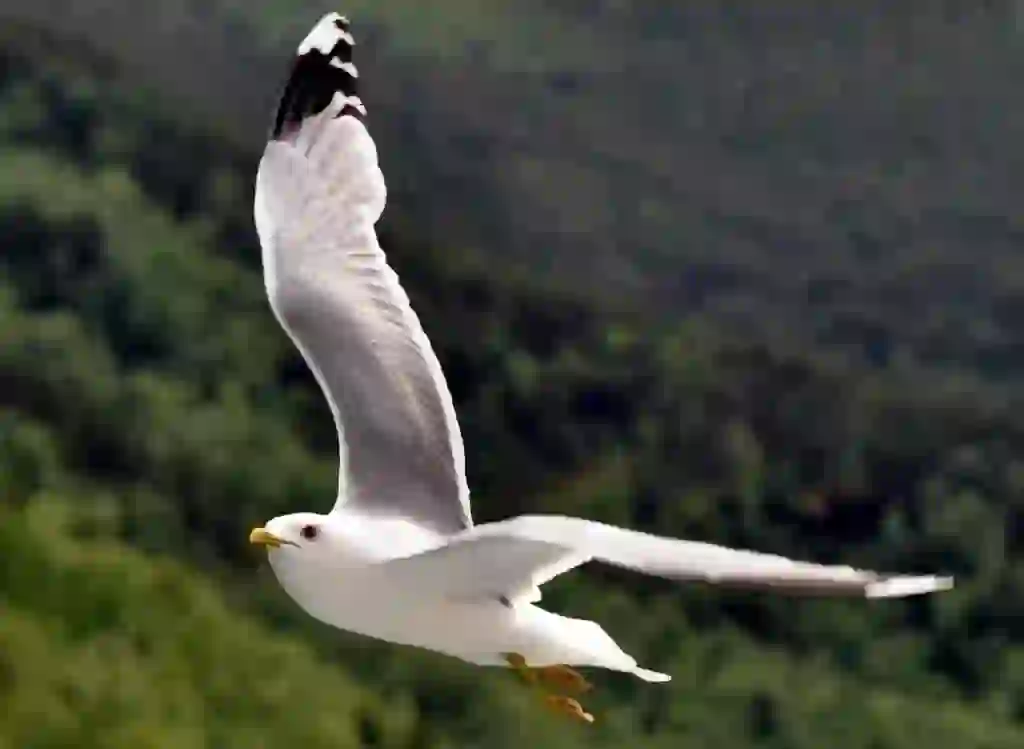
Common Gull
Common Gull
Common Gull
The Common Gull is often seen gracefully flying along coastlines and is a familiar presence to us. This page will introduce the habitat and characteristics of the Common Gull, along with its various charms.
Common Gull Basic Infomation
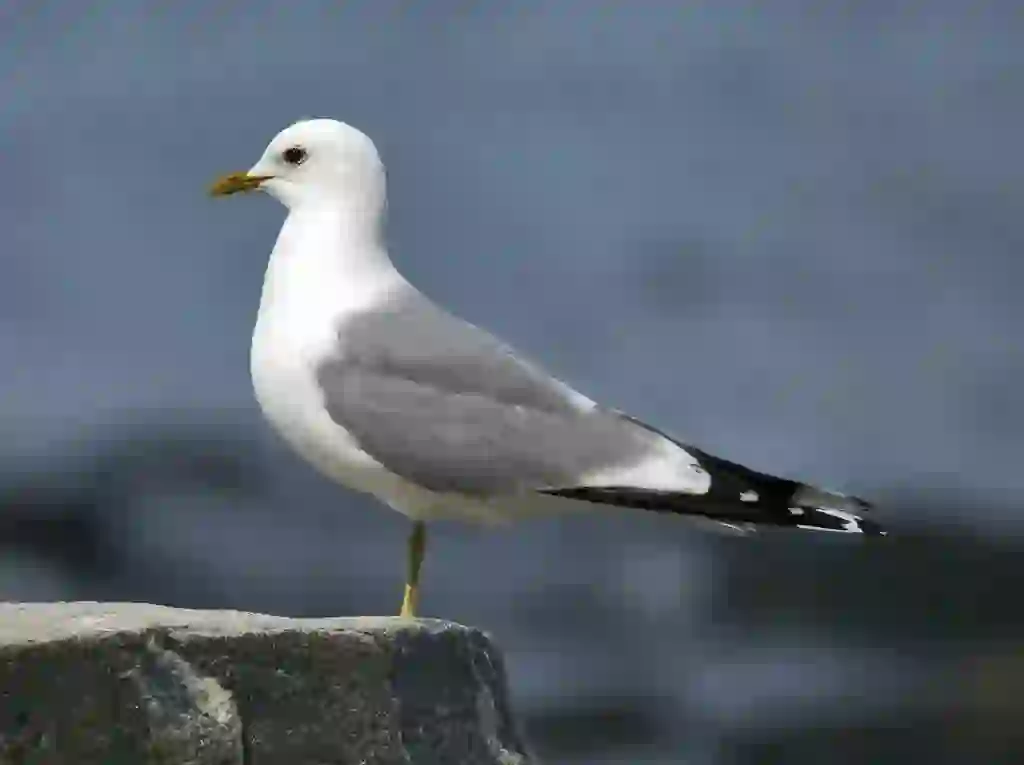
Order: Charadriiformes, Family: Laridae, Genus: Larus
Body length approximately 40-46 cm, Wingspan approximately 110-125 cm, Weight 0.5-0.6 kg
The head and underside of the body are white, while the upper wings and back are blue-gray.
Reproduction is oviparous, and they form colonies known as breeding grounds.
Common Gull Q&A

What is the origin of the name 'Common Gull'?
The name 'Common Gull' originates from the juvenile pattern resembling a basket weave (kagome → kamome) in Japanese, hence the name. In English, it is called 'Common gull', meaning 'typical gull'. The scientific name is 'Larus canus'; 'Larus' refers to the order Charadriiformes and 'canus' means gull in Latin.
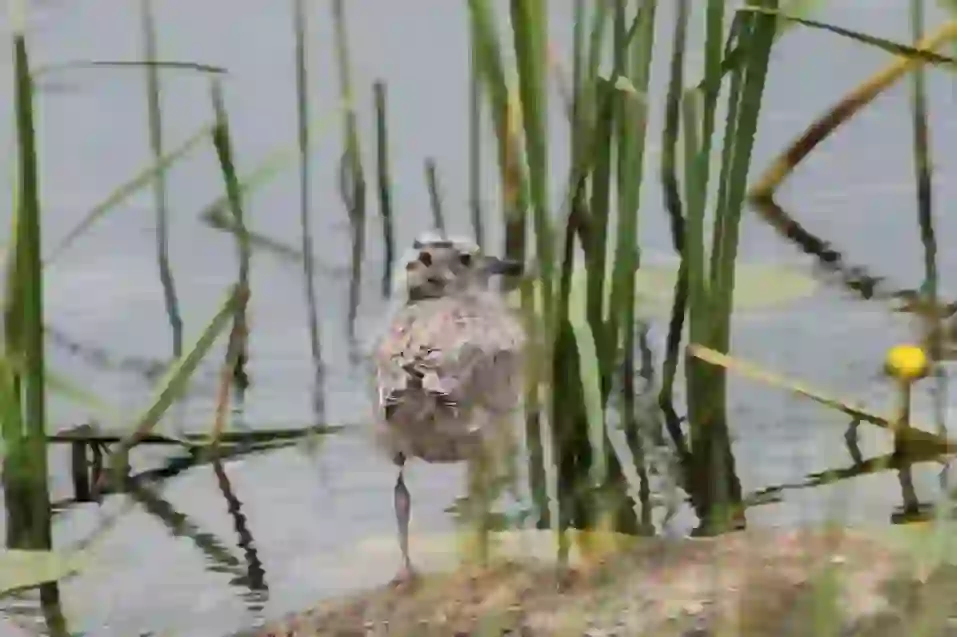
Why do Common Gulls live there?
Common Gulls breed in northern parts of the Eurasian continent, western Canada, and Alaska during summer. During winter, they migrate south to North Africa, Europe, America, and southern China. In Japan, they are winter visitors. They inhabit coastal areas, mudflats, and estuaries.
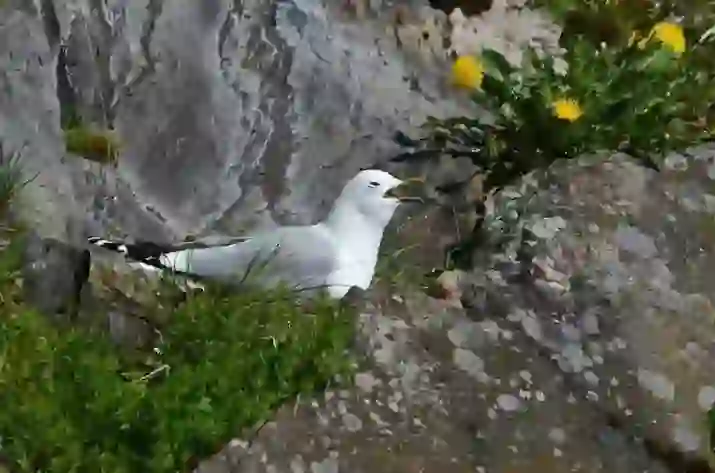
What does the Common Gull eat?
Common Gulls are omnivorous. At sea, they feed on fish, crabs, and krill, while on land, they consume grains and fruits. In zoos, they are primarily fed fish. When feeding wild gulls, it is common to provide specially formulated powdered food for gulls.

Do Common Gulls target human food?
Along coastlines, where people often eat, Common Gulls may snatch food from humans. A British research team reported that gulls prefer food held by humans. They target human food because they have learned it tastes good, preferring it over their usual diet of fish and grains. Gulls that steal food share this information with their peers, promoting similar behavior.
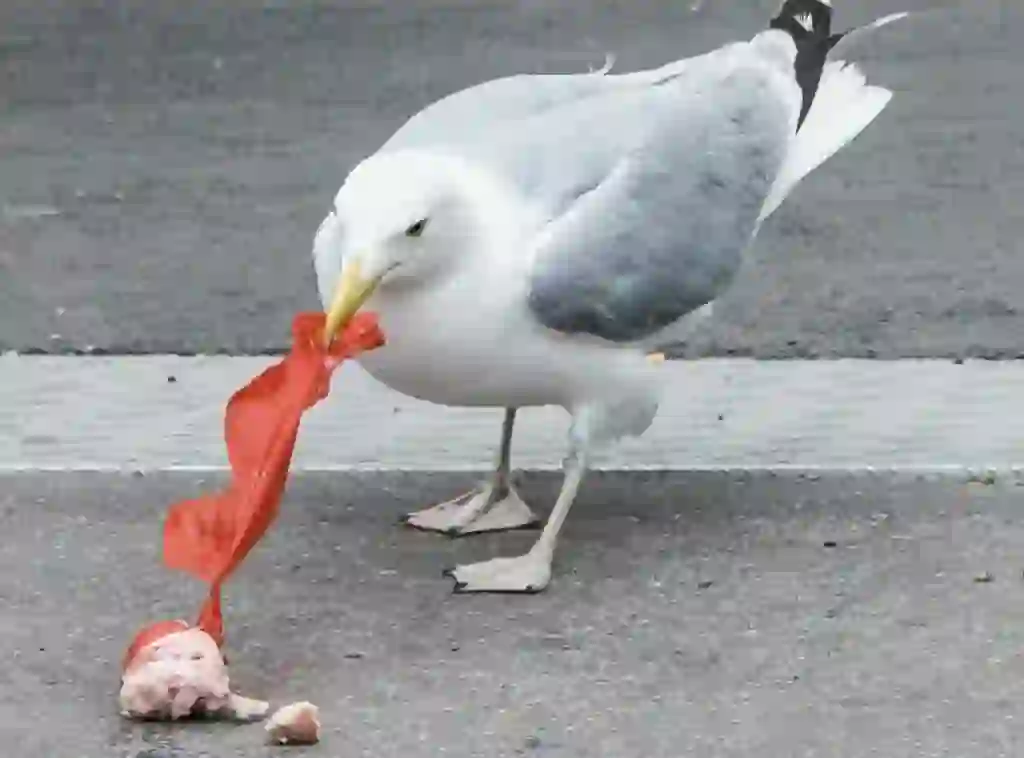
Are Common Gulls highly intelligent?
British research shows that Common Gulls not only learn that human food is tasty but also exhibit discernment towards non-food items. For example, they approached a sponge handled by humans out of curiosity but did not eat it, showing an attraction to objects touched by humans. They also recognize places where humans eat as potential food sources, including landfills and discarded human food, hence the need to avoid feeding wild gulls to prevent these behaviors.
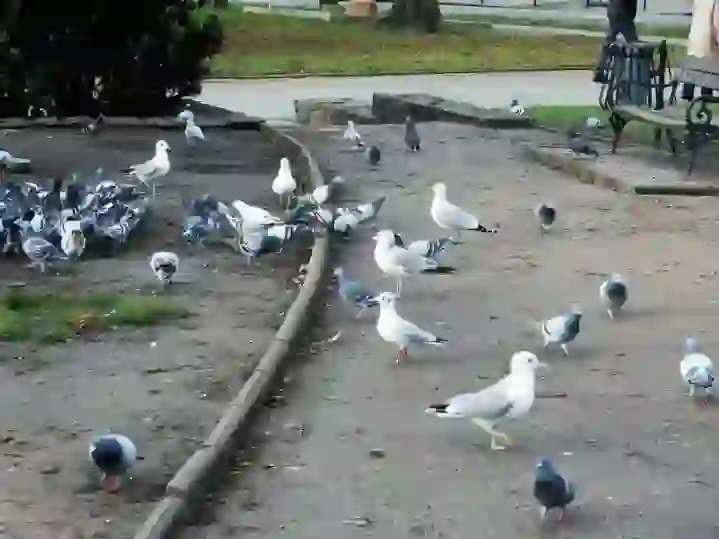
Is the population of Common Gulls changing due to their high learning abilities?
While the overall population of Common Gulls in the UK is decreasing, the number of gulls living in urban areas is increasing. They have learned that urban areas have abundant food sources due to human activity, leading them to settle and breed in these areas, further increasing their urban population.
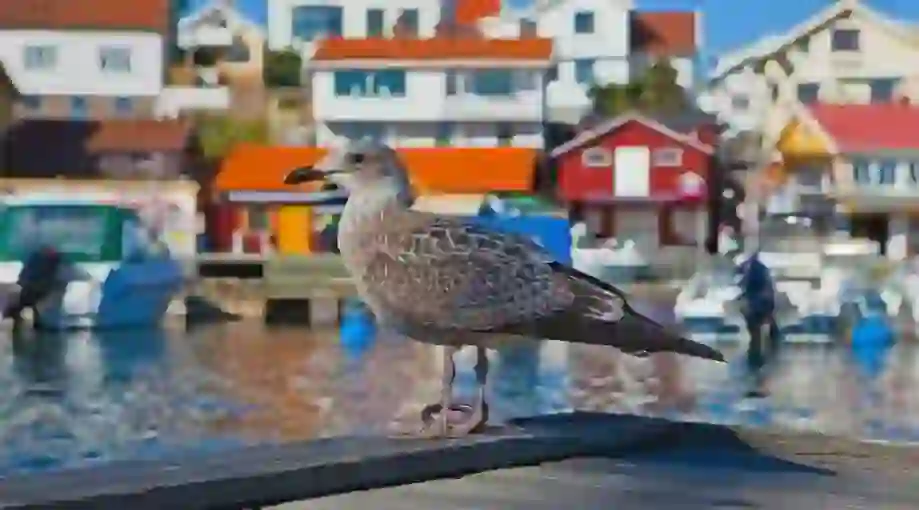
Does the color of Common Gulls change?
Young Common Gulls have a greyish-brown plumage with lighter edges on the outer upper wings. Their tail tips and beaks are black, and their legs are a pale pink. As they mature, their heads and underparts turn white, their backs and upper wings turn blue-gray, and their tails remain white. Their beaks and legs change to a grayish-green or yellow. Seasonal changes also affect their appearance, with winter bringing light brown spots on their heads and necks.

Are there differences between Common Gulls and Black-headed Gulls?
Although Common Gulls and Black-headed Gulls look similar, there are subtle differences. Common Gulls have uniformly yellow beaks, whereas Black-headed Gulls have yellow beaks with a black band and a red spot. Additionally, the beaks of Common Gulls are shorter than those of Black-headed Gulls, which are slender and elongated. Ecologically, Common Gulls are migratory, while Black-headed Gulls are resident, and their calls also differ in pitch.
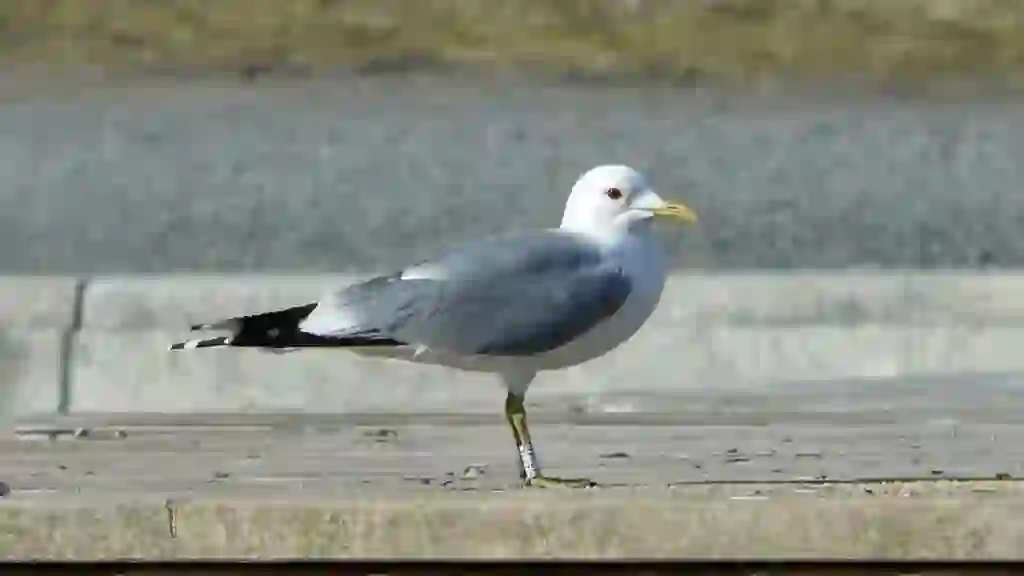
Are there any legends about Common Gulls?
There is an old saying that when Common Gulls fly high, the sea is likely to be rough. Interestingly, during the major tsunami in the 2011 Great East Japan Earthquake, many Common Gulls were observed moving from the sea to higher ground before the tsunami hit, suggesting they may have an innate ability to sense and avoid natural disasters.
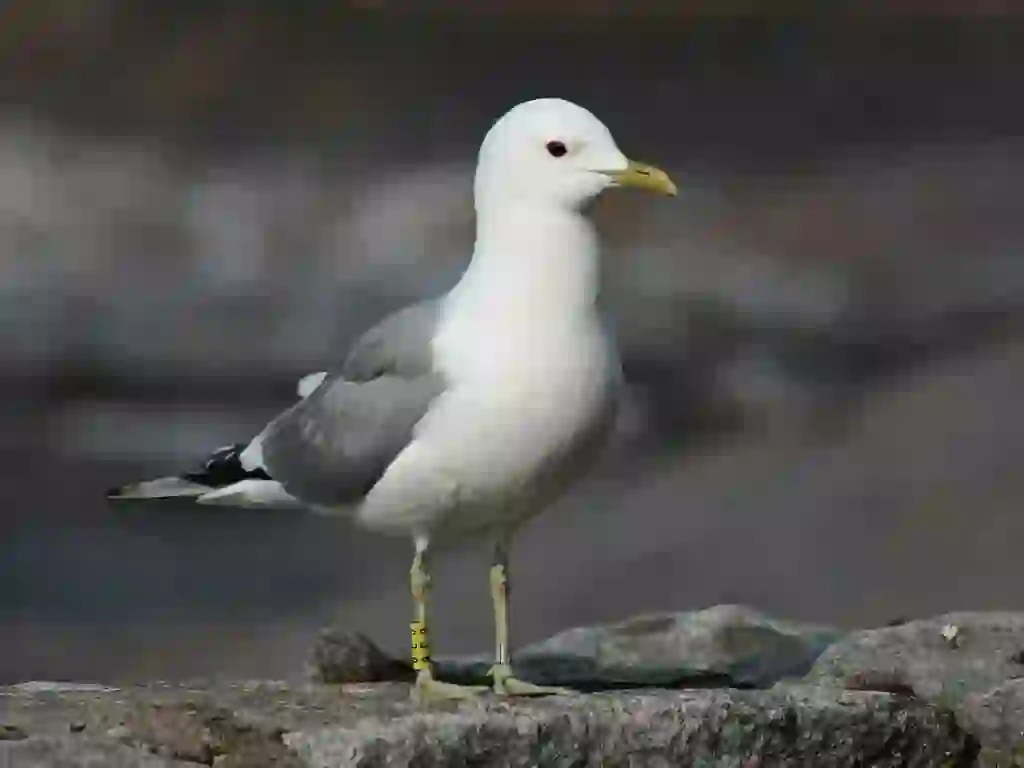
Are Common Gulls used as a motif in various cultures?
Common Gulls have long been considered animals close to humans, and their name and image are frequently used in various motifs. For instance, they are featured in food products like 'gull's eggs' sweets and 'Gull's Bread', and their name is used in names of express trains, shops, and inns, reflecting their widespread recognition and the affection people have for them.

Would you like to become a part of the 'Animalbook.jp'?
Turn your knowledge into Q&A and share it with the world. ※Publication will be activated after purchase. Let's share information together!
Common Gull Type of List
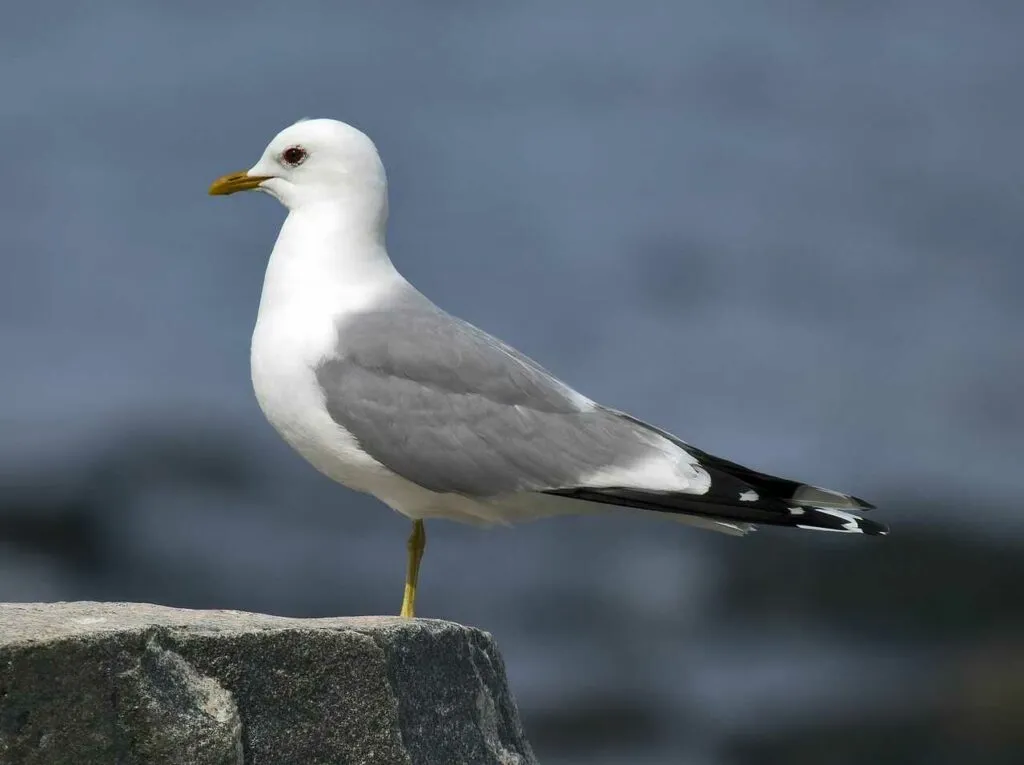
- Common Gull
- Black-headed Gull
- Western Siberian Gull
Information
Congratulations! You are the first commenter!

Create Your Favorite List!
Common Gull
Save the animals you love! Build your own list to quickly revisit your favorites later.

Would you like to leave a comment?
※Please note: This is for the purchase of rights to post comments within the article.
Find Your Favorites!
Our shop offers a unique and attractive selection of goods themed around various animals.
Common Gull References

- Wikipedia https://ja.wikipedia.org/wiki/カモメ
- カモメが人間の持っている食べ物を狙う理由。カモメは人間の食べ物がおいしいことを学習していた(イギリス) https://karapaia.com/archives/52289091.html
- カモメとウミネコの違いは?鳴き声や見分け方を知りたい! https://www.advan-group.co.jp/times/kamome_umineko/
- カモメが教えてくれるもの http://www.town.kaminokuni.lg.jp/diary/detail/177.html
- 誕生鳥・バースデイ バードと鳥言葉 一覧 https://trad-japan.com/birth-bird/
Common Gull Introduction of media used
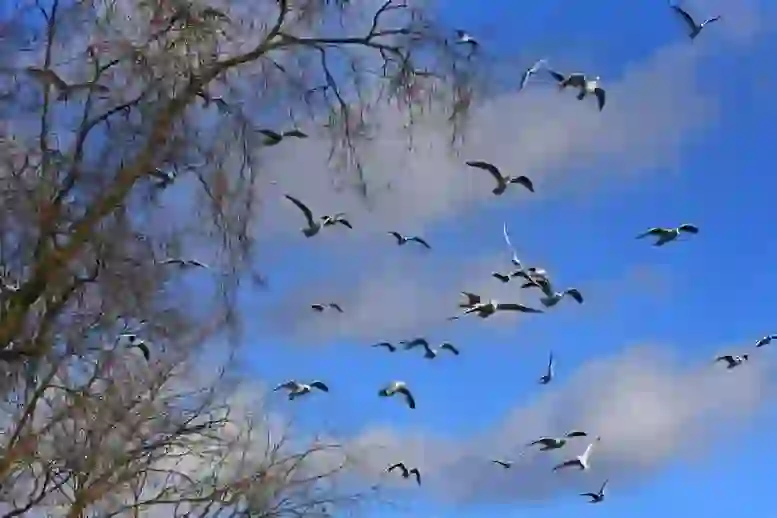
出典:https://pixabay.com/images/id-3983968/

other
https://commons.wikimedia.org/wiki/File:かもめ 大玉 003-03.jpg

Help Enrich Our Animalbook.jp with Your Media!
We are constantly looking to expand and enrich our Animalbook.jp with amazing photos and videos of animals. If you have any media that you'd like to share, please contribute and help us showcase the beauty and diversity of the animal kingdom. Your submissions will be credited and featured in our encyclopedia, reaching a wide audience of animal lovers.
















